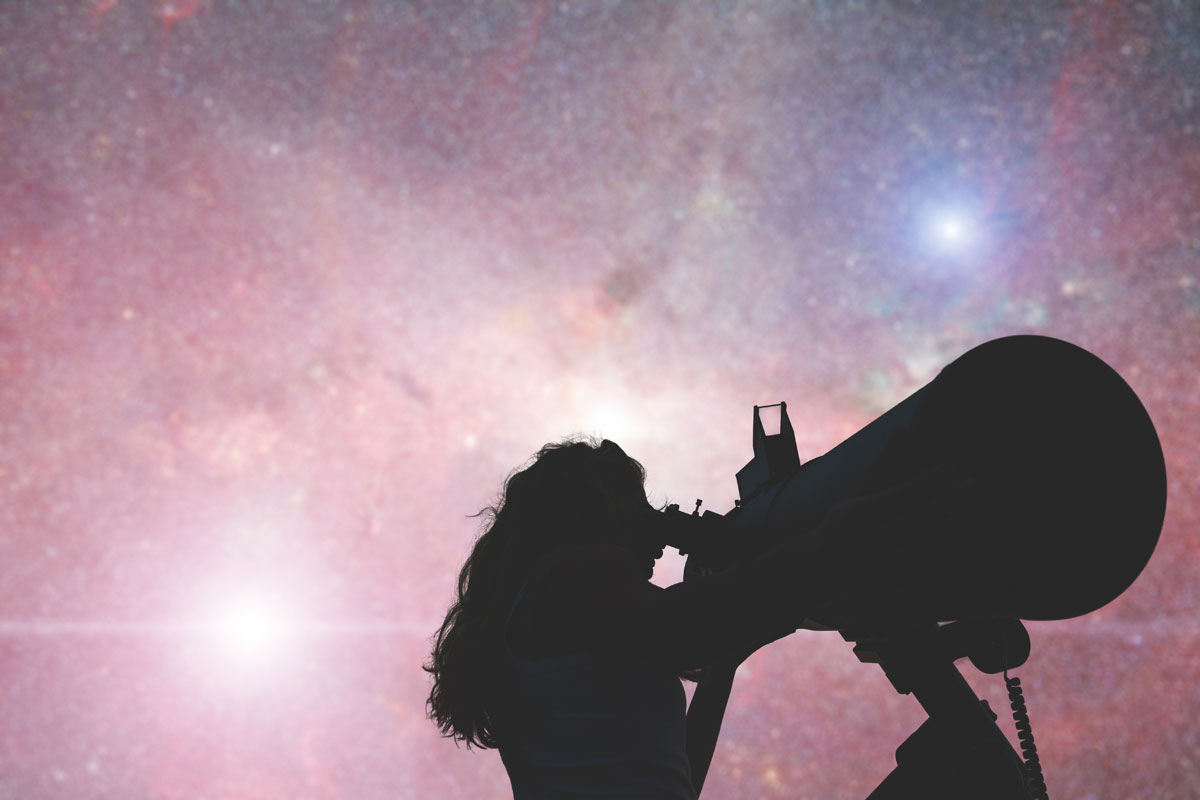GLOBAL HUNT FOR ASTEROIDS
Discovering a new planet or having an extra-terrestrial object like an asteroid named after them perhaps tops the wish list of many astronomy enthusiasts. The list is growing with school students joining the hunt – @siliconeer #siliconeer #IASC #AIASC #SPACE #NASA #spaceexploration #asteroids #science
Over the past 6 years, several amateur astronomers and students from across India have made discoveries facilitated by SPACE under its educational outreach program, the All India Asteroid Search Campaign (AIASC).
Asteroids are large numbers of small rocky bodies orbiting the sun that range enormously in size and can be typically found between the orbits of Mars and Jupiter. Astronomers vie with one another to be the first to spot them.
Now, under its AIASC for 2016, SPACE, in collaboration with the International Astronomical Search Collaboration (IASC), conducted by Patrick Miller from Hardin Simmons University, in Texas, is offering students from India a chance to add to NASA’s database of asteroids hurtling in space.
90 teams, of 2 participants each per team, from across the country have been selected for the program that began June 27 and is spread out over two phases till August 23 this year.
The overall purpose of the Asteroid Grand Challenge (AGC), a large-scale effort under NASA, is to encourage students and citizen scientists to identify and document asteroids in earth’s environment in order to assess their threat to the planet and also study them.
“The experience was great and I got to learn a lot,” says Amanjot Singh, who was the first to discover an object from Asia in 2010, as a student in class XI. Singh says he was enthused by the experience and has now joined SPACE as an instructor.
Under AIASC program students and amateur astronomers get an opportunity to explore and study astronomy in a hands-on and detailed approach. The campaign gives the participants access to astronomy images, as well as opportunities to interact with international scientists.
This year’s participants will be recognized for their contributions in the form of ‘digital badges,’ that they can showcase on various social media networks like Facebook, Twitter and LinkedIn.
“A concept borrowed from gaming, a digital badge is a validated display of achievement, skill, quality or interest and the completion of specific tasks will allow the participants to apply for the AGC-recognized badge related to the specified criteria,” says Mila Mitra, Scientific Officer, SPACE.
Also, says, Mitra, images captured from the Pan-STARRS telescope in Hawaii will be sent to the participants to study and detect asteroids.
Participants in this year’s asteroid search campaign seem excited for what is in store in the next few months.
Sathya Hari, a student from DPS Gurgaon says, “This is a huge opportunity and I’m excited to be a part of it. In a workshop we were taught all about software Astrometrica.
“It was a very interactive workshop and I didn’t even have to revise when I got home. We were told that we would get the opportunity to track a lot of objects this time, it sounds very exciting” he says.
Other participants echo his enthusiasm.
Neelabh Singh from Amity International School found the workshop entertaining and informative and says he is excited to learn the asteroid-finding software.
“Everyone is excited to find an asteroid, even though it is difficult to find one. This is a good opportunity we have,” he says.
The feeling of discovering an object is “life-changing” according to Vikrant Narang, one of the first ‘discoverers.’
“It is no doubt, life-changing. The feeling of discovering something not known is incredible,” he says.
It is this life-changing feeling that students want to experience, each hoping to carve themselves a little space in history.


